How To Make Your Own Sourdough Starter
3.4
(77)
Your folders
Your folders
Servings: 4
Author : Emma Christensen
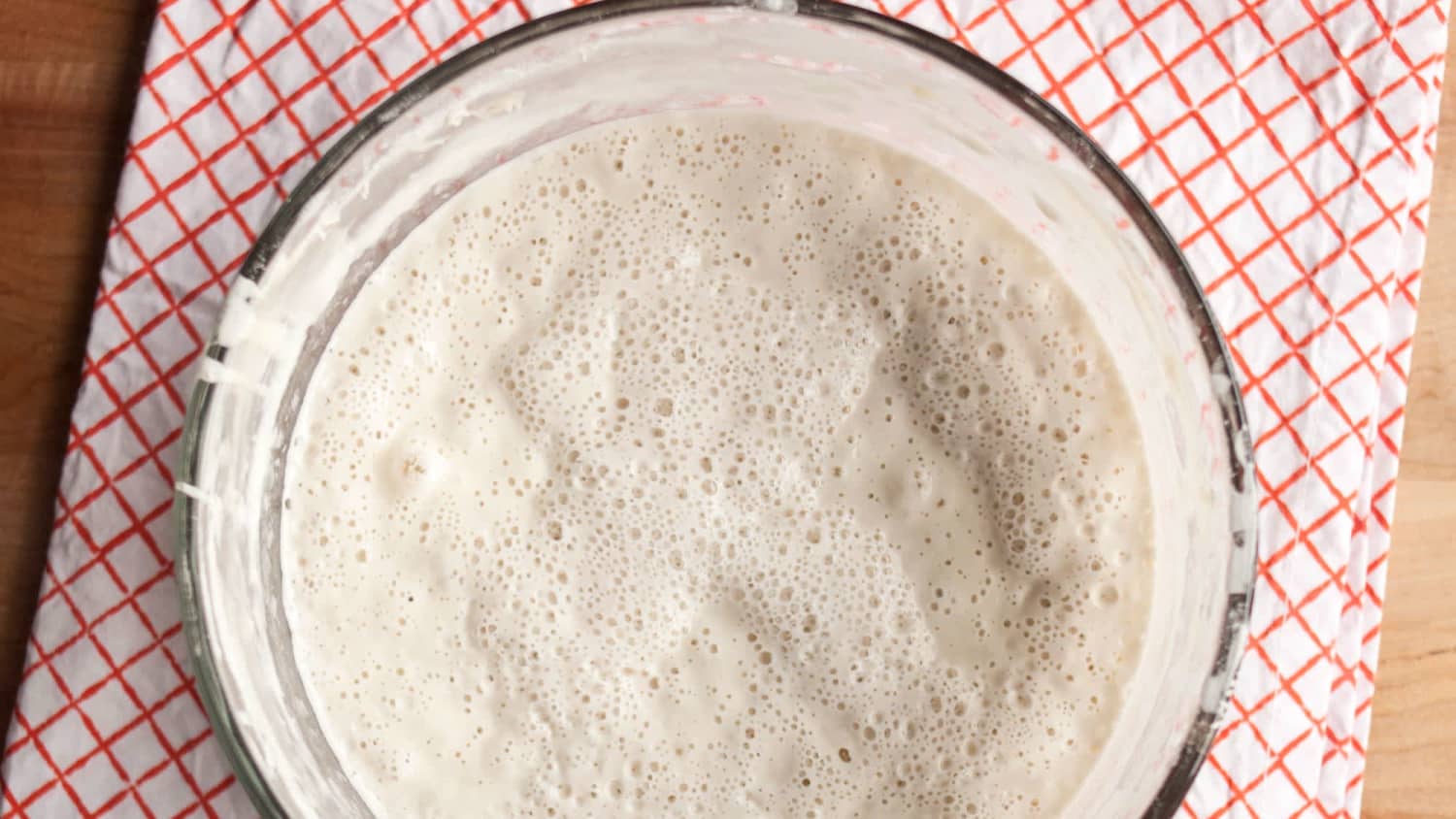
Ingredients
Export 2 ingredients for grocery delivery
Instructions
Step 1
Making sourdough starter takes about 5 days. Each day you "feed" the starter with equal amounts of fresh flour and water. As the wild yeast grows stronger, the starter will become more frothy and sour-smelling. On average, this process takes about 5 days, but it can take longer depending on the conditions in your kitchen. As long as you see bubbles and signs of yeast activity, continue feeding it regularly. If you see zero signs of bubbles after three days, take a look at the Troubleshooting section below.
Step 2
Day 1: Make the Initial Starter4 ounces all-purpose flour (3/4 cup plus 2 tablespoons) 4 ounces water (1/2 cup)
Step 3
Weigh the flour and water, and combine them in a 2-quart glass or plastic container (not metal). Stir vigorously until combined into a smooth batter. It will look like a sticky, thick dough. Scrape down the sides and loosely cover the container with plastic wrap or a clean kitchen towel secured with a rubber band.
Step 4
Place the container somewhere with a consistent room temperature of 70°F to 75°F (like the top of the refrigerator) and let sit for 24 hours.
Step 5
Day 2: Feed the Starter4 ounces all-purpose flour (3/4 cup + 2 tablespoons)4 ounces water (1/2 cup)
Step 6
Take a look at the starter. You may see a few small bubbles here and there. This is good! The bubbles mean that wild yeast have started making themselves at home in your starter. They will eat the sugars in the the flour and release carbon dioxide (the bubbles) and alcohol. They will also increase the acidity of the mixture, which helps fend off any bad bacterias. At this point, the starter should smell fresh, mildly sweet, and yeasty.
Step 7
If you don't see any bubbles yet, don't panic — depending on the conditions in your kitchen, the average room temperature, and other factors, your starter might just be slow to get going.
Step 8
Weigh the flour and water for today, and add them to the starter. Stir vigorously until combined into a smooth batter. It will look like a sticky, thick dough. Scrape down the sides and loosely cover the container with the plastic wrap or kitchen towel secured again. Place the container somewhere with a consistent room temperature of 70°F to 75°F (like the top of the refrigerator) and let sit for 24 hours.
Step 9
Day 3: Feed the Starter4 ounces all-purpose flour (3/4 cup + 2 tablespoons)4 ounces water (1/2 cup)
Step 10
Check your starter. By now, the surface of your starter should look dotted with bubbles and your starter should look visibly larger in volume. If you stir the starter, it will still feel thick and batter-like, but you'll hear bubbles popping. It should also start smelling a little sour and musty. Again, if your starter doesn't look quite like mine in the photo, don't worry. Give it a few more days. My starter happened to be particularly vigorous!
Step 11
Weigh the flour and water for today, and add them to the starter. Stir vigorously until combined into a smooth batter. It will look like a sticky, thick dough. Scrape down the sides and loosely cover the container with the plastic wrap or kitchen towel secured again. Place the container somewhere with a consistent room temperature of 70°F to 75°F (like the top of the refrigerator) and let sit for 24 hours.
Step 12
Day 4: Feed the Starter4 ounces all-purpose flour (3/4 cup + 2 tablespoons)4 ounces water (1/2 cup)
Step 13
Check your starter. By now, the starter should be looking very bubbly with large and small bubbles, and it will have doubled in volume. If you stir the starter, it will feel looser than yesterday and honeycombed with bubbles. It should also be smelling quite sour and pungent. You can taste a little too! It should taste sour and somewhat vinegary.
Step 14
When I made my starter here, I didn't notice much visual change from Day 3 to Day 4, but could tell things had progress by the looseness of the starter and the sourness of the aroma.
Step 15
Weigh the flour and water for today, and add them to the starter. Stir vigorously until combined into a smooth batter. It will look like a sticky, thick dough. Scrape down the sides and loosely cover the container with the plastic wrap or kitchen towel secured again. Place the container somewhere with a consistent room temperature of 70°F to 75°F (like the top of the refrigerator) and let sit for 24 hours.
Step 16
Day 5: Starter is Ready to UseCheck your starter. It should have doubled in bulk since yesterday. By now, the starter should also be looking very bubbly — even frothy. If you stir the starter, it will feel looser than yesterday and be completely webbed with bubbles. It should also be smelling quite sour and pungent. You can taste a little too! It should taste even more sour and vinegary.
Step 17
If everything is looking, smelling, and tasting good, you can consider your starter ripe and ready to use! If your starter is lagging behind a bit, continue on with the Day 5 and Beyond instructions.
Step 18
Day 5 and Beyond: Maintaining Your Starter4 ounces all-purpose flour (3/4 cup + 2 tablespoons)4 ounces water (1/2 cup)
Step 19
Once your starter is ripe (or even if it's not quite ripe yet), you no longer need to bulk it up. To maintain the starter, discard (or use) about half of the starter and then "feed" it with new flour and water: weigh the flour and water, and combine them in the container with the starter. Stir vigorously until combined into a smooth batter.
Step 20
If you're using the starter within the next few days, leave it out on the counter and continue discarding half and "feeding" it daily. If it will be longer before you use your starter, cover it tightly and place it in the fridge. Remember to take it out and feed it at least once a week — I also usually let the starter sit out overnight to give the yeast time to recuperate before putting it back in the fridge.
Step 21
How to Reduce the Amount of StarterMaybe you don't need all the starter we've made here on an ongoing basis. That's fine! Discard half the starter as usual, but feed it with half the amount of flour and water. Continue until you have whatever amount of starter works for your baking habits.
Step 22
How to Take a Long Break from Your StarterIf you're taking a break from baking, but want to keep your starter, you can do two things:Make a Thick Starter: Feed your starter double the amount of flour to make a thicker dough-like starter. This thicker batter will maintain the yeast better over long periods of inactivity in the fridge.Dry the Starter: Smear your starter on a Silpat and let it dry. Once completely dry, break it into flakes and store it in an airtight container. Dried sourdough can be stored for months. To re-start it, dissolve 1/4 cup of the flakes in 4 ounces of water, and stir in 4 ounces of flour. Continue feeding the starter until it is active again.
Top similar recipes
Curated for youYour folders
 75 views
75 viewsMake your own Sourdough Starter
ourgabledhome.com
5.0
(4)
Your folders
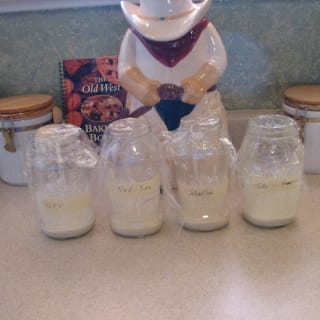
 65 views
65 viewsCreating Your Own Sourdough Starter
bigoven.com
5.0
(2)
30 minutes
Your folders
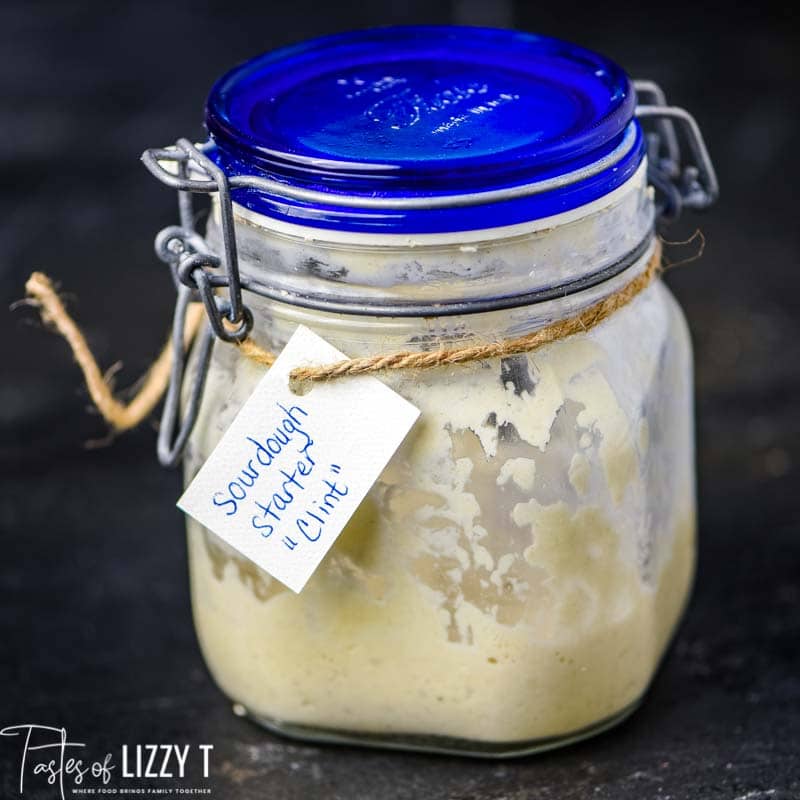
 279 views
279 viewsHow to Make Sourdough Starter
tastesoflizzyt.com
4.8
(29)
Your folders
 469 views
469 viewsHow To Make Sourdough Starter
themodernproper.com
Your folders
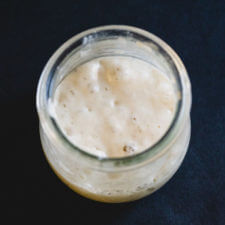
 545 views
545 viewsHow to Make Sourdough Starter
acouplecooks.com
3.8
(259)
120 hours
Your folders
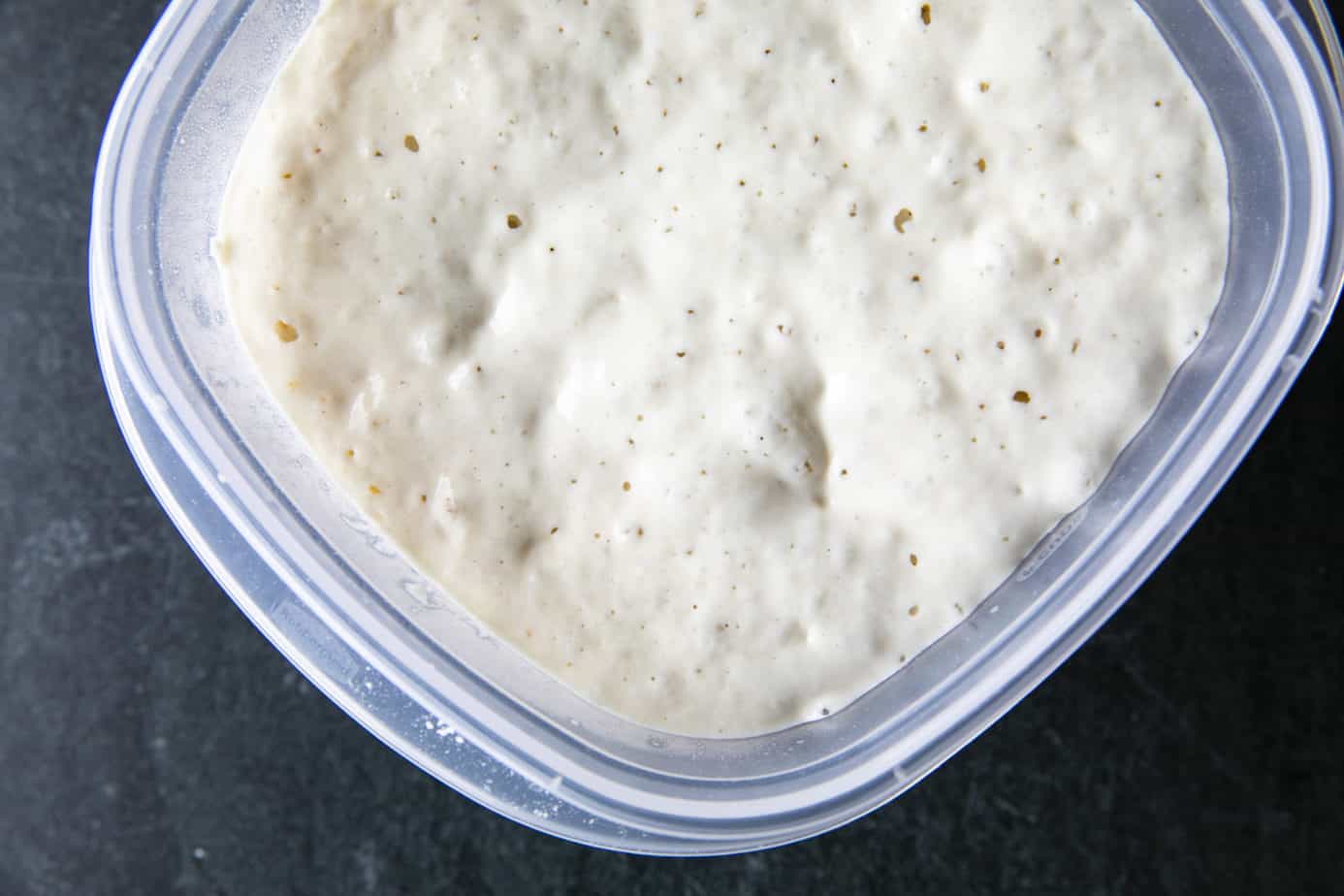
 241 views
241 viewsHow to Make Sourdough Starter
foodiewithfamily.com
5.0
(3)
Your folders
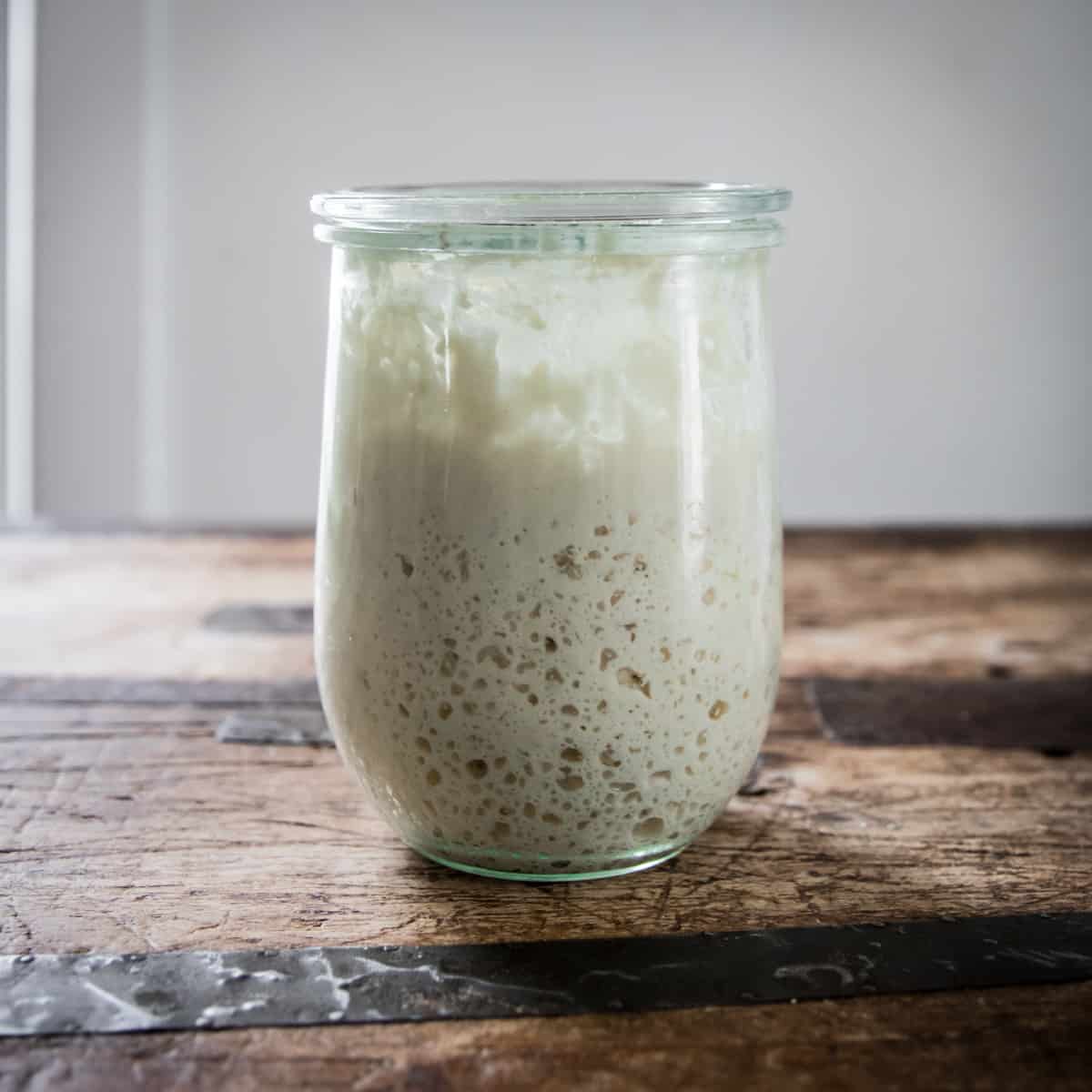
 247 views
247 viewsHow to Make Sourdough Starter
growforagecookferment.com
4.9
(7)
Your folders

 257 views
257 viewsHow to Make Sourdough Starter
acouplecooks.com
5.0
(2)
120 hours
Your folders
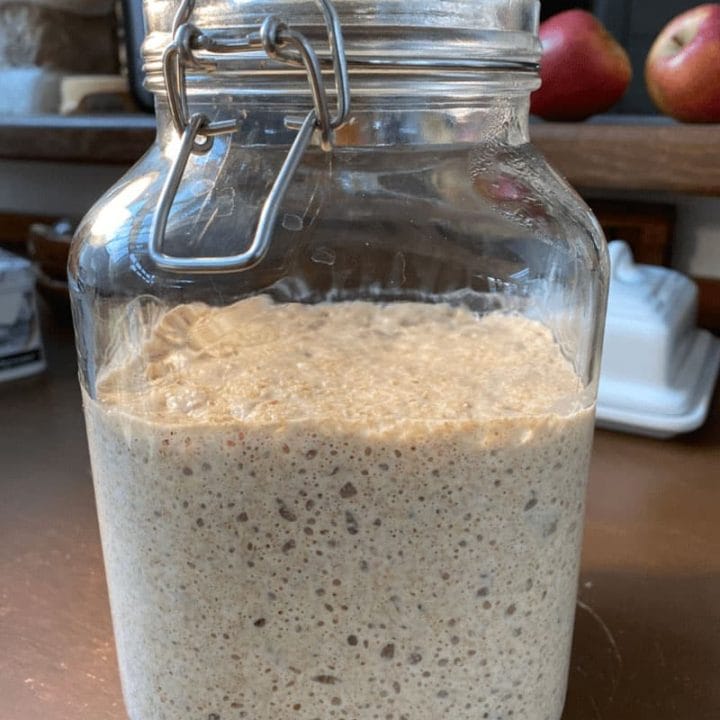
 195 views
195 viewsHow To Make Sourdough Starter
healthline-store.com
Your folders

 359 views
359 viewsHow to Make Sourdough Starter
aheadofthyme.com
5.0
(3)
Your folders

 333 views
333 viewsHow to Make Sourdough Starter
thesuburbansoapbox.com
5.0
(1)
Your folders

 254 views
254 viewsHow To Make Your Own Kombucha
susancooksvegan.com
Your folders

 136 views
136 viewsHow to Make Your Own Seitan
vegetariantimes.com
Your folders
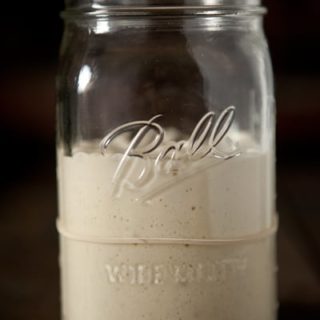
 269 views
269 viewsHow to Make a Sourdough Starter
pinchmysalt.com
4.3
(22)
Your folders

 213 views
213 viewsHow to Make a Sourdough Starter
ourgabledhome.com
4.9
(10)
Your folders
/__opt__aboutcom__coeus__resources__content_migration__serious_eats__seriouseats.com__2020__05__20200512-sourdough-starter-5050rye-full-jar-tim-chin-0931479ce7464ad989fefcfb14654cf0.jpg)
 377 views
377 viewsHow to Make a Sourdough Starter
seriouseats.com
Your folders

 339 views
339 viewsHow to Make a Sourdough Starter
lionsbread.com
Your folders
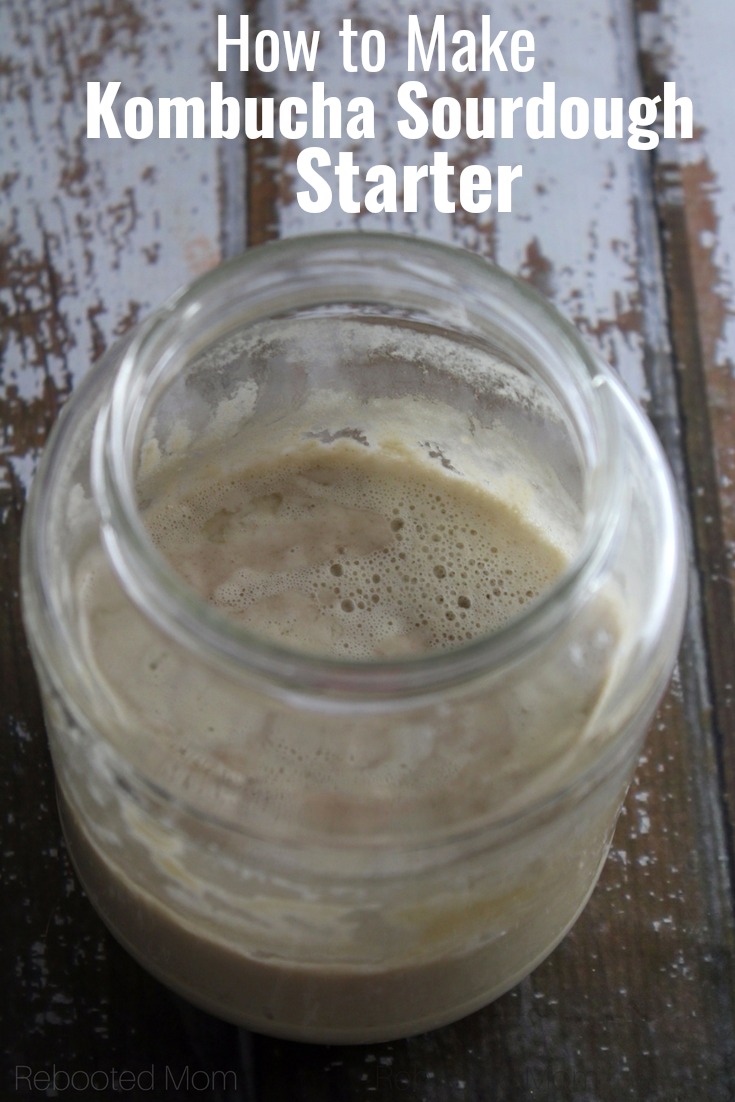
 328 views
328 viewsHow to Make Kombucha Sourdough Star...
rebootedmom.com
Your folders
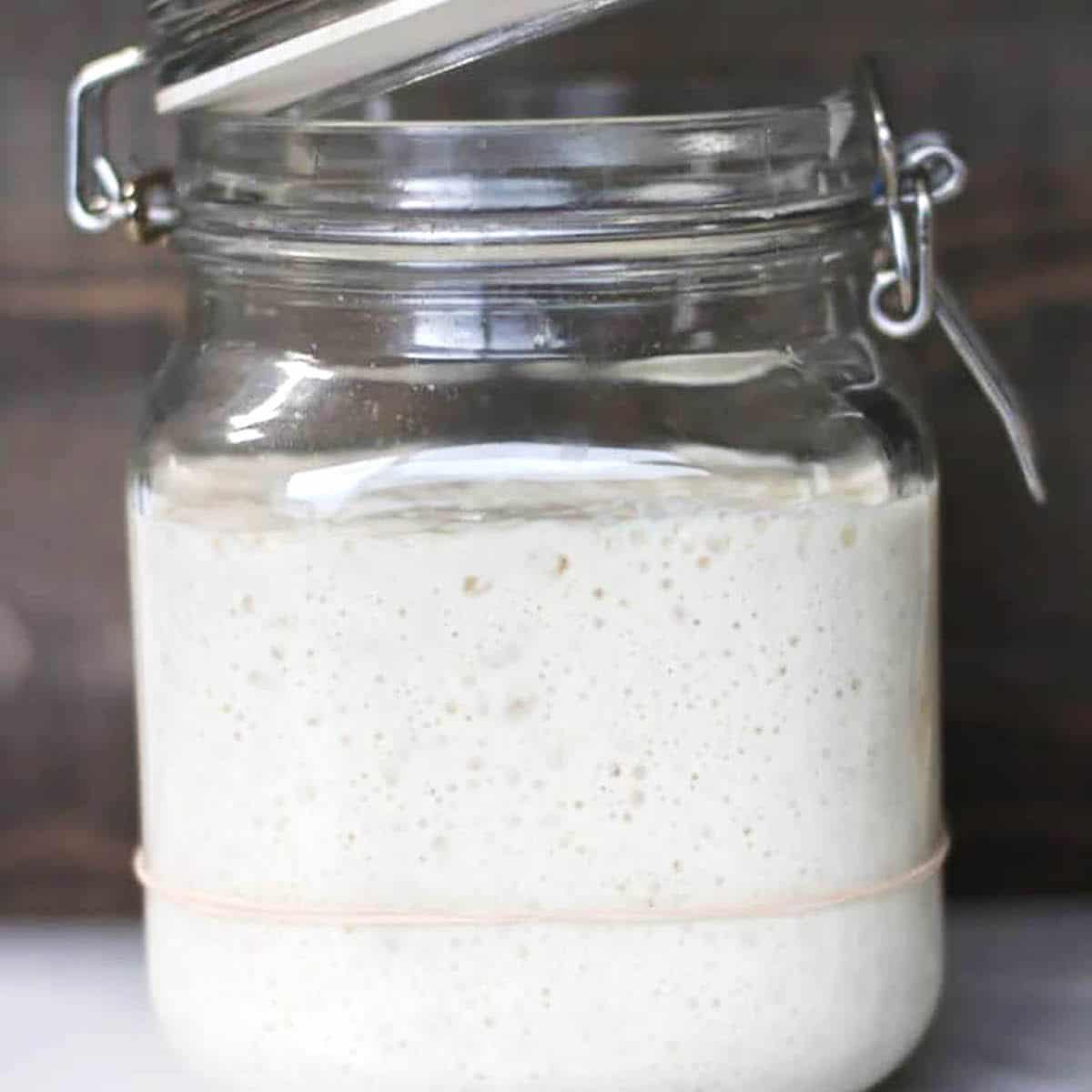
 215 views
215 viewsHow to Make a Sourdough Starter
dirtanddough.com
4.7
(3)